Sign up for workout ideas, training advice, reviews of the latest gear and more.

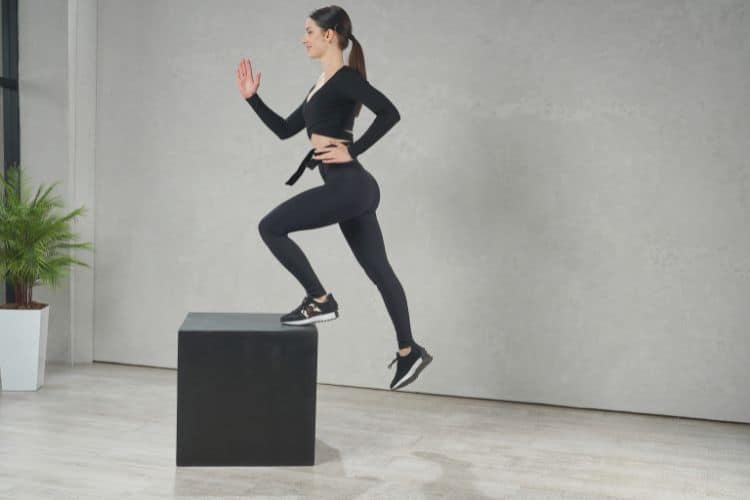
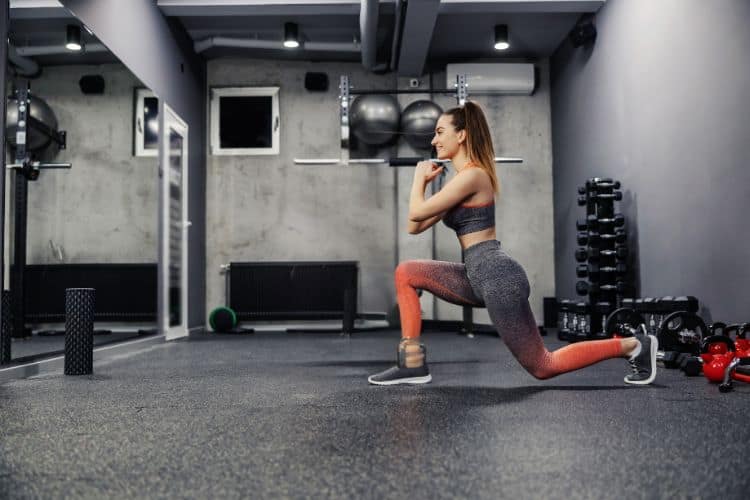
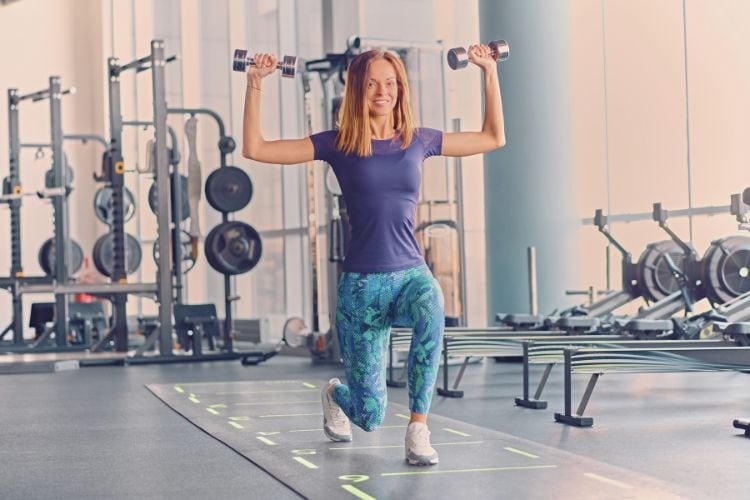
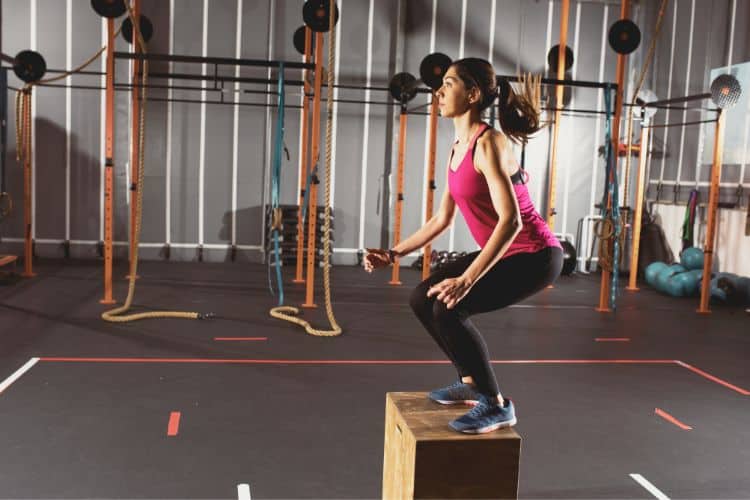
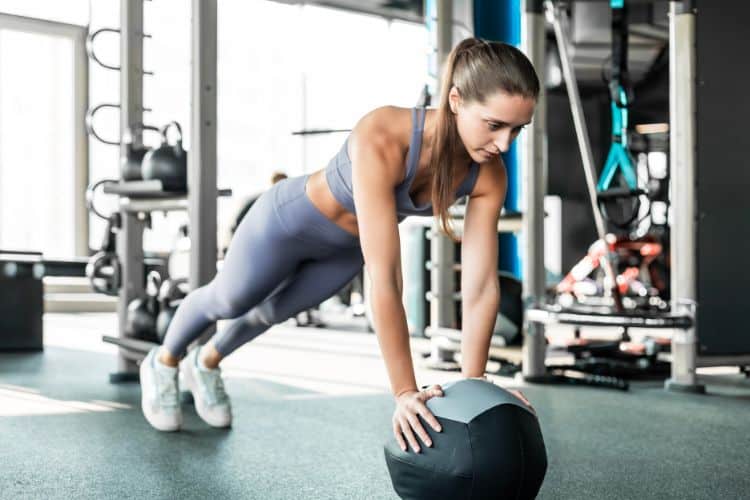
When it comes to upper body training, the chest is often overlooked—especially by women. But developing the chest muscles is crucial not just for aesthetics, but also for posture, upper-body strength, and overall fitness. A 30-minute chest workout for women can tone the pectoral muscles, support breast tissue, and improve functional strength for everyday tasks.
In this blog, you’ll discover the benefits of chest training, a full 30-minute chest workout routine for women (with beginner and intermediate modifications), and expert tips to maximize your results.
Strong chest muscles contribute to better posture. Women who spend long hours sitting at a desk or using mobile devices often develop rounded shoulders. Chest exercises help balance the upper body and correct postural imbalances when combined with back training.
While chest exercises won’t increase breast size, they strengthen the pectoral muscles underneath the breast tissue. This can lift the chest area slightly, creating a perkier and more lifted appearance.
The chest muscles are involved in essential pushing movements—whether you’re lifting a child, pushing open a heavy door, or doing push-ups. A strong chest enhances performance in workouts and real life.
Chest workouts primarily focus on the pectoralis major and pectoralis minor, which are located beneath the breast tissue. Many exercises also engage secondary muscles, including:
Targeting these muscle groups improves upper body coordination and balance, making your workouts more efficient and effective.
Depending on your fitness level and training space, you can use a variety of tools:
Don’t worry if you’re training at home without a gym—most chest exercises can be modified for bodyweight-only or minimal-equipment routines.
This routine includes a 5-minute warm-up, 20 minutes of targeted chest exercises, and a 5-minute cool-down stretch.
You can perform this workout 1–2 times per week, depending on your overall training split.
Warming up is essential to prepare your muscles and joints for the workout. Try this dynamic chest-focused warm-up:
Perform each superset or circuit as instructed. Rest 30 seconds between sets or circuits.
Push-ups activate the entire chest and upper body. Beginners can use knees or elevate hands on a bench or counter.
Lie flat on a mat or bench with dumbbells in both hands. Lower to chest level, then press upward.
Tip: Keep your elbows at a 45-degree angle for joint safety.
Great for stretching and isolating the pectoral muscles. Perform slowly and with control.
Attach a resistance band behind you and mimic a hugging motion. Focus on squeezing the chest at the peak.
Alternate: Use light dumbbells for a standing chest squeeze if bands are unavailable.
Focuses on the upper chest (clavicular head). Modify by elevating your hands or using a wall for beginners.
Targets the chest and lats simultaneously. Lie flat and hold one dumbbell above your chest, lowering it behind your head and pulling it back.
Tip: Keep your core engaged throughout for support.
Recovery is key to reducing soreness and improving flexibility. Include:
Whether you’re just starting or looking for a challenge, these tips can help tailor the routine:
You don’t need to train chest every day to see results. Here’s how you might fit it into a balanced weekly plan:
| Day | Workout Focus |
|---|---|
| Monday | Full-Body Strength (includes chest) |
| Tuesday | Lower Body / Glutes |
| Wednesday | Cardio or Rest |
| Thursday | 30-Min Chest Workout + Core |
| Friday | Back & Shoulders |
| Saturday | Active Recovery or Yoga |
| Sunday | Rest |
Note: Always allow at least 48 hours of rest between chest-focused sessions to support muscle recovery.
Proper form ensures that the chest, not just shoulders or triceps, is doing the work.
Whether pressing, flying, or crossing, mentally connect with the pectoral muscles and contract at the top of the movement.
Muscles grow during rest. Ensure you’re getting enough sleep, protein, and hydration to support recovery and toning.
Chest training should be part of a well-rounded program that also includes lower body, back, arms, and core.
To get the most out of your 30-minute chest workouts, support your training with nutrition:
Improved range of motion, light soreness, better mind-muscle connection
Improved strength in push-ups, muscle tone in upper chest
Visible muscle definition, better posture, and stronger pressing strength
Chest workouts won’t shrink breast tissue, but they can improve the appearance by lifting and firming the chest muscles underneath.
Yes! Most exercises like push-ups, dumbbell presses, or resistance band flys can be done without gym equipment.
Yes. The chest works together with the shoulders and arms, and balanced development helps avoid injuries and posture issues.
Incorporating a 30-minute chest workout into your weekly fitness routine helps women gain strength, confidence, and better posture. Whether your goal is to sculpt your upper body, support your breasts naturally, or simply feel stronger, chest training is a valuable part of your fitness journey.
With consistency, proper nutrition, and progressive overload, you’ll notice improved tone, function, and energy from training your chest regularly.
Want more workout and video guide?
Follow us on Pinterest, Facebook, and Subscribe to our Newsletter and Stay tuned for FREE downloads of our App coming soon!
Stay up to date on the latest women’s health, fitness and lifestyle trends and tips.